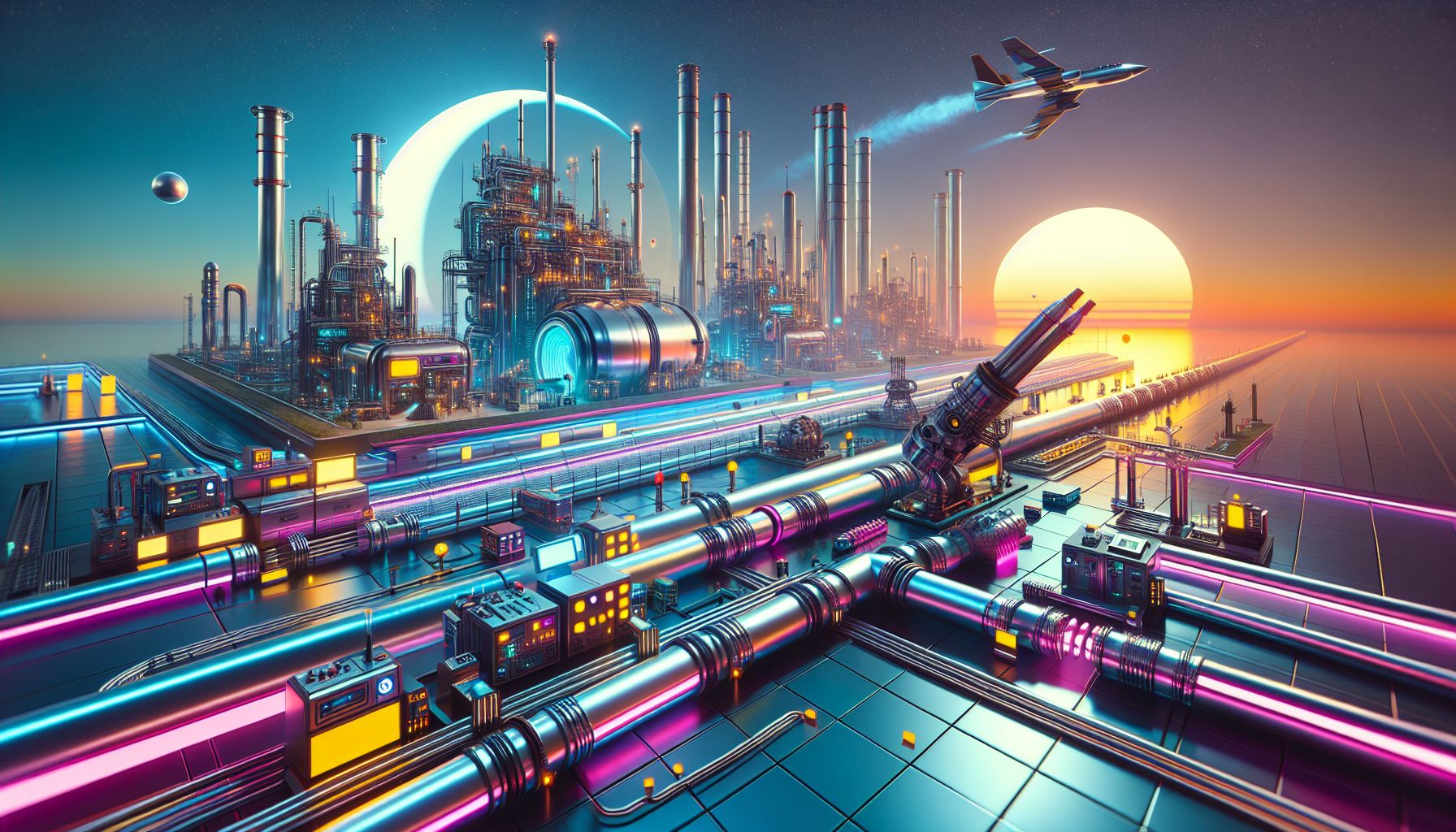Can Hydrogen Pipelines Stand the Pressure?

Brussels, Tuesday, 13 May 2025.
The European Commission’s report raises concerns about hydrogen’s impact on pipelines, potentially weakening them. This calls for urgent research and innovation in material safety, crucial for future energy infrastructure.
Impact of Hydrogen on Pipeline Materials
Recent findings from the European Commission highlight a critical issue: hydrogen can weaken the structural integrity of both steel and polymer pipelines. This is a concern, given hydrogen’s increasing role as an energy carrier [1]. The key problem is hydrogen-induced embrittlement, which reduces the ductility and fracture toughness of steel, traits crucial for pipeline durability. Polymeric materials aren’t safe either, as hydrogen easily permeates through them, compromising the distribution grid’s safety [1].
The Crucial Need for Research and Innovation
So, what’s the plan? The report calls for more experimental research, especially in material science and safety engineering. It’s not just lab work we need but large-scale validation to see how these materials behave in real-world scenarios and over time with hydrogen use [1]. The European Commission underscores the importance of facilities like the High-Pressure Gas Testing Facility to lead this research [1].
Strategic Vision for Hydrogen Use
Meanwhile, a shift is happening in the hydrogen sector. The focus is moving from grandiose projects to more practical, smaller-scale initiatives in Europe, particularly in renewable energy sectors like steel and chemicals. These sectors are increasingly eyeing green hydrogen as a competitive advantage [2]. It’s about playing the long game, gradually increasing production and reducing costs as economies of scale set in [2].
Envisioning a Hydrogen-Fuelled Future
Looking ahead, regions with robust hydrogen infrastructures will likely thrive, becoming attractive to energy-dependent industries. There’s a sense of urgency to act now to establish and scale up these infrastructures to ensure a competitive edge in both environmental credentials and costs [2].
Conclusion: A Call to Action
All in all, there’s no denying hydrogen’s potential. However, the journey towards a hydrogen-fuelled future demands more than just enthusiasm—it requires innovative engineering, strategic planning, and global cooperation. The time to ramp up efforts is now, as the benefits of green hydrogen promise not only sustainability but also economic vitality [1][2].